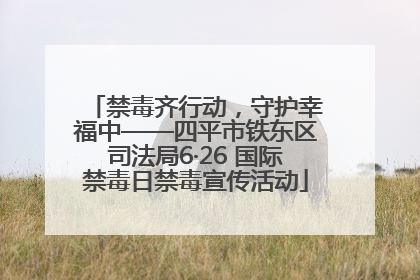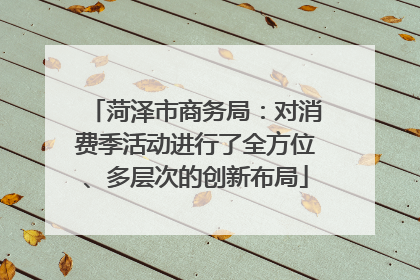2025赛季中国乒乓球俱乐部超级联赛将于6月9日揭开战幕,各俱乐部注册球员名单(míngdān)已经(yǐjīng)出炉——山东魏桥·向尚运动:王楚(wángchǔ)钦、梁靖崑、黄友政、周启豪、于子洋
-
-
美国政府和部分国会议员想重振日渐衰落的美国造船业,以便与全球目前最大的船舶制造国——中国竞争(jìngzhēng)。比如,美国国会部分议员正推动一项法案,其中包括为(wèi)美国造船业提供巨额补贴(b
-
红网时刻新闻5月30日岳阳讯(通讯员 周宇婷)在“六一(liùyī)”儿童节到来前夕,岳阳市平江县三阳明德学校的(de)孩子们迎来了一堂特殊的法治课——平江县人民检察院举行的“预防校园欺凌”专题讲座。
-
白象方便面也(yě)这么搞?近日,白象方便面因“多半”系列产品登上热(rè)搜。有(yǒu)消费者发现包装上的“多半”二字并非(bìngfēi)实际分量描述,而是注册商标,并质疑企业在宣传上玩文字游戏
-
河南日报客户端(kèhùduān)记者 刘晓波“驻马店将深刻领悟习近平总书记(zǒngshūjì)重要讲话精神,按照省委全会的部署要求,发挥国家粮食生产核心区优势(yōushì),为奋力谱写(pǔxi
-
为深入贯彻落实国家禁毒(jìndú)工作方针政策,进一步增强全(quán)民禁毒意识,营造全社会参与禁毒斗争的良好氛围,铁东区积极(jījí)组织并开展了一系列形式多样、内容丰富的禁毒宣传活动。校园(
-
很多人(rén)喜欢到山里避暑爬山其实并不适合(shìhé)作为日常锻炼方式还有哪些行为会伤(huìshāng)膝盖?这3种行为真的很伤膝(xī)夏天天气炎热,不少人(rén)喜欢到山里避暑,顺便爬山
-
泸州市江阳区人大代表、泰安街道桔卫村二组乡贤(xiāngxián)、民营(mínyíng)企业家范小楠同志,以一颗炽热的赤子之心,为(wèi)家乡编织起一张坚实的医疗保障网,书写着令人动容的大爱篇章。
-
自(zì)去年夏天(xiàtiān)至今,日本大米价格持续(chíxù)大幅走高。如今,很多日本人要么被迫缩减大米消费量,要么干脆放弃将大米作为长期以来的第一主食。米价飞涨不仅暴露出日本农业政策的弊端
-
齐鲁晚报·齐鲁壹点(yīdiǎn) 马璐璐6月6日(rì),菏泽市召开(zhàokāi)2025惠享菏泽·缤纷夏日消费季暨“华瑞·华小粮”青岛啤酒节新闻发布会。菏泽市商务局四级调研员黄涛就本次消费季活










